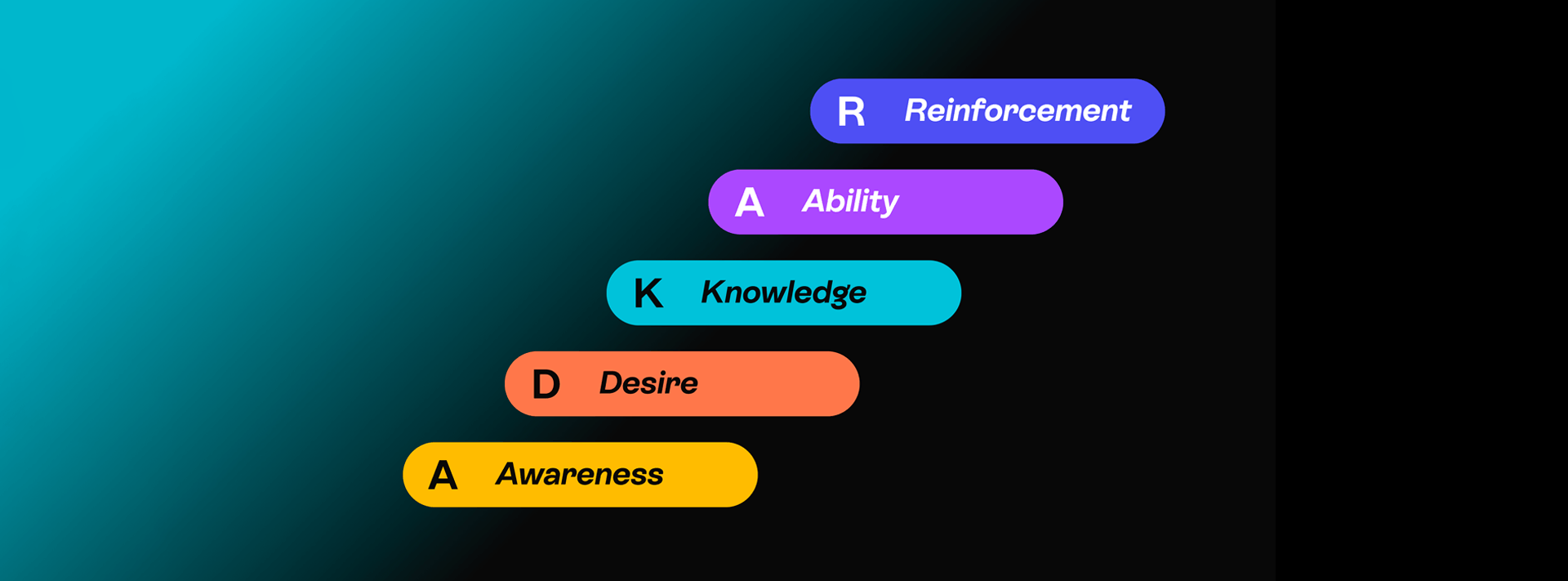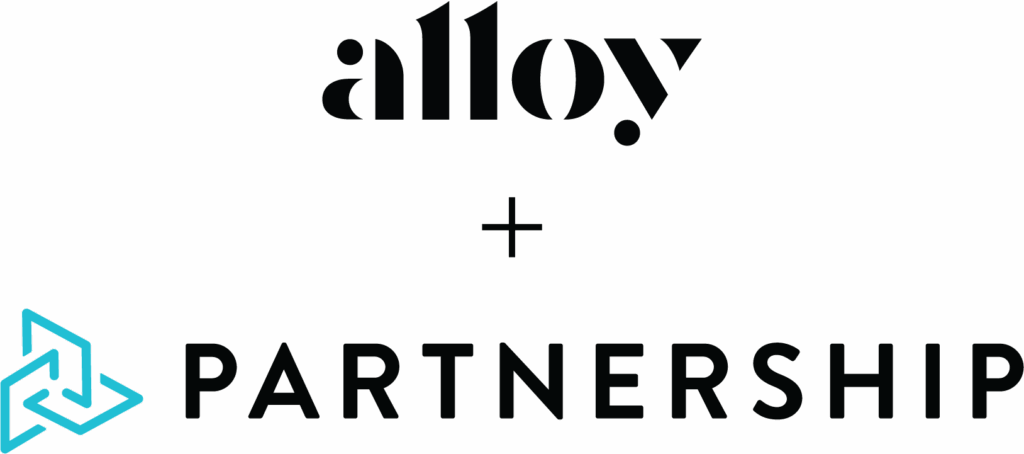Rebranding is more than a visual facelift; it’s a strategic evolution that touches every facet of an organization. At The Partnership, Atlanta’s oldest privately held marketing and brand communications agency, we understand that even the most meticulously designed rebrand can fade in potential without a Change Communication strategy.
Change Communication brings clarity to why a brand is transforming, how the new brand serves and benefits stakeholders, and inspires people to stand as ambassadors for the brand. Without Change Communication, a lack of clarity or resistance may overshadow the new brand’s potential.
So, how can organizations lead a powerful transition? Let’s delve into how effective Change Communication — rooted in proven frameworks — can facilitate a successful rebrand and create lasting impact.
Before Rebranding, Start Here
Measure Your Brand: Gauge brand sentiment before, during, and after the rebrand. Understand what people love and wouldn’t want to lose, and how a rebrand can capitalize on opportunities.
Invest in Product or Service: A rebrand and marketing campaign will only perpetuate consumer frustration if the product or service experience is broken. Take time to optimize your offerings and delivery first.
Be Inclusive: Involve employees and customers at all levels in the rebranding process. Their insights provide a valuable perspective, and their engagement supports adoption and advocacy. Engage stakeholders at milestones along the journey and encourage sharing of ideas and feedback.
Apply a Structured Change Management Approach
Methodological Framework: Change doesn’t happen in a single announcement; it unfolds one person at a time. Utilizing a structured approach, such as Prosci’s ADKAR Model, gives leaders a clear roadmap for managing the people side of rebrand adoption. ADKAR moves individuals through five key building blocks — awareness, desire, knowledge, ability, and reinforcement — ensuring that no critical step is missed.
Diagnostic Value: One of the model’s greatest strengths is its ability to help leaders pinpoint where employees get “stuck.” For example, a team member might understand why the rebrand is happening (awareness) but feel uncertain about how to apply it in daily work (ability). By diagnosing these gaps, leaders can provide targeted support — whether through additional training, coaching, or communication — rather than relying on assumptions.
Integrated Planning: Mapping communication and training initiatives to each ADKAR stage creates clear success markers. Leaders can measure adoption as the rollout unfolds, track progress at each stage, and adjust strategies when momentum stalls. This continuous evaluation ensures the rebrand stays on course.
Build a Communication Strategy
Empower Brand Ambassadors: Employees are the face of your brand. Equip them with the knowledge and ability to represent the new identity authentically — then reinforce their efforts with recognition and leadership endorsement. Public acknowledgement or visible rewards for brand-aligned behaviors not only build momentum but also encourage others to follow suit.
Transparent Communication and Resources: Utilize multiple channels and provide toolkits — including town halls, FAQs, presentation decks, and leadership videos — to build awareness of why the rebrand matters and foster a desire to embrace it. Research shows that people often need to hear a message several times before it truly sticks. Applying this “rule of seven” mindset ensures your most important messages are reinforced across different touchpoints.
Adapt Messaging: Collect feedback early and often. As employees share their questions or hesitations, evolve communications to address common topics. This two-way dialogue strengthens buy-in and ensures the organization moves forward together.
Highlight Success Stories: Celebrate early adopters and milestones. Whether it’s spotlighting an employee who successfully embodied the new brand in a client meeting or showcasing a department’s proper application of the updated identity, you reinforce what good looks like. Over time, consistent recognition and visible support from leadership keep the new brand alive and well beyond launch day.
Why Change Communication Makes or Breaks a Rebrand
A rebrand is more than a new logo or color palette — it’s an opportunity to reinvigorate an organization. But without adequate change communication, even the most compelling rebrands can stall.
The ADKAR model reminds us that success is a sequential process. People must first understand why the change is needed (awareness), feel motivated to support it (desire), learn what’s required (knowledge), build confidence through practice (ability), and receive ongoing reinforcement to sustain it. Skipping any one of these steps risks losing momentum.
The beauty of change communication is that it isn’t static. Done well, it creates space for pivots and evolutions based on real-time insights. People and organizations are dynamic, so brand rollouts should be as well. A flexible communication strategy enables leaders to adjust their messaging, address concerns, and amplify successes as they occur — thereby strengthening adoption and sustaining enthusiasm over time.
When organizations align their communication strategy with this progression, the rebrand transforms from a visual refresh into a cultural shift, one that is both internally embraced and consistently represented in the market.
At The Partnership, we take pride in being an extension of our clients’ teams, driving business outcomes through strategic communications that are deeply informed. Is your brand hungry for its next era? Let’s chat!


